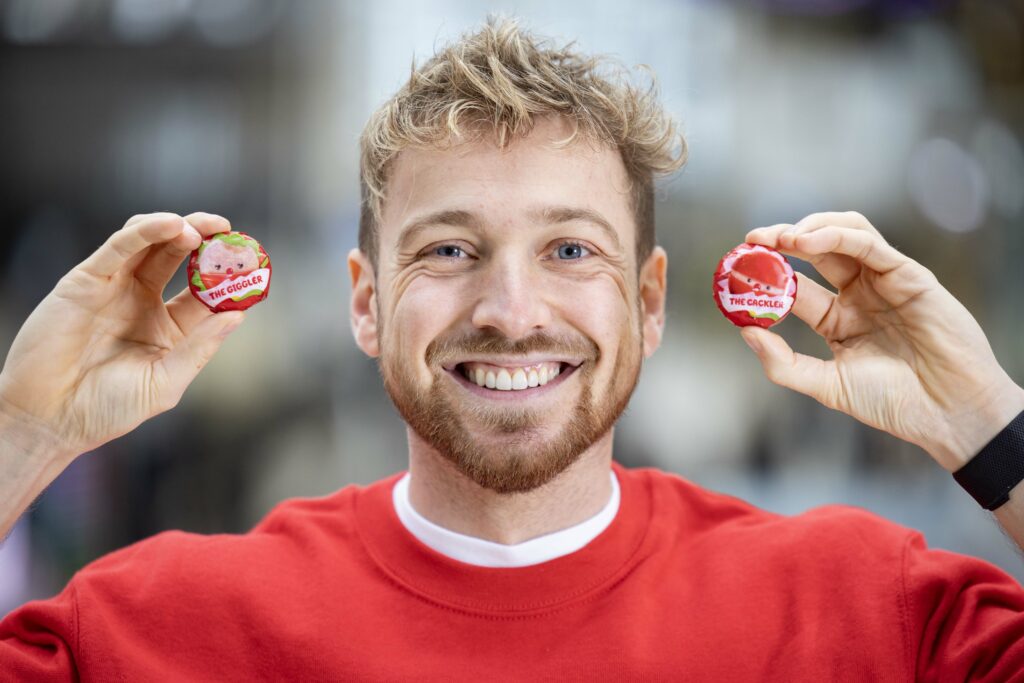
Written By Nathan Tansley, Video Production Manager
You’ve been tasked with creating video content for a client that needs to be effective on both earned and social media, all while working within a tight budget. The client wants a “viral video” for their social channels that targets their audience and earns organic coverage on news media outlets, both online and broadcast.
While these deliverables might seem like two different briefs, you can achieve both with the same video crew. Understanding the differences in requirements will improve the post-production process and result in more engaging content for each platform. Here’s how:
1. Framing a Soundbite/Interview
For Editorial Content: When capturing B-Roll for online and broadcast editorial use, ensure the interview subject looks “off-camera” at the person asking the questions. Media outlets typically use this style unless it’s a live interview.
For Social Content: A direct “down-the-lens” approach works best, as it allows the spokesperson to speak directly to the audience. This is ideal for directing viewers to external links, asking them to share the content, or encouraging follows.
2. Telling the Story on Different Platforms
For Editorial Content: To appeal to journalists, include elements such as new research, case studies, and a non-branded spokesperson. Craft a narrative that covers the key messages in 60-90 seconds, answering the Who, What, Why, Where, When, and How. Ensure your producer is equipped with the editorial skills to ask the right questions and gather relevant responses.
For Social Content: Use captions on screen to tell the story, as viewers often prefer reading over listening on social media. Keep the edits short (15-60 seconds) and optimize for different aspect ratios (Square 1×1 and Portrait 9×16).

3. Choosing the Right Equipment
You might think different cameras are needed, but a competent production team can use the same camera for both types of content. Cameras like the Sony FX-6 and FX-3 are versatile enough to handle both broadcast-quality footage and social media content.
4. Post-Production Considerations
For Editorial Content: The footage should accurately represent the actual event, with minimal grading. Avoid major manipulations like brightening the sky or removing blemishes, as these can compromise the content’s credibility.
For Social Content: The rules are more relaxed. You can increase contrast and saturation, and use creative graphics to make the footage more engaging. Ensure the editor has all the necessary assets like fonts, logos, brand guidelines, and branded graphics from the start.
5. Relevance of Talent/Spokesperson
For Editorial Content: Choose a spokesperson who can concisely relay key messages and support the campaign. They should be relevant and connected to the story. Research their media presence to ensure they are of interest to the media.
For Social Content: Use talent that appeals directly to the audience and can effectively deliver a call to action. They should encourage the audience to engage with the content and follow through on links.

Conclusion
Be clear with your production team about the desired deliverables and provide a detailed brief for both editorial and social content. Gather all necessary assets and share them with the editor before post-production to speed up the process. Always allocate time to capture additional social content if needed.
Visit Assignments to find out more about our PR products and solutions.